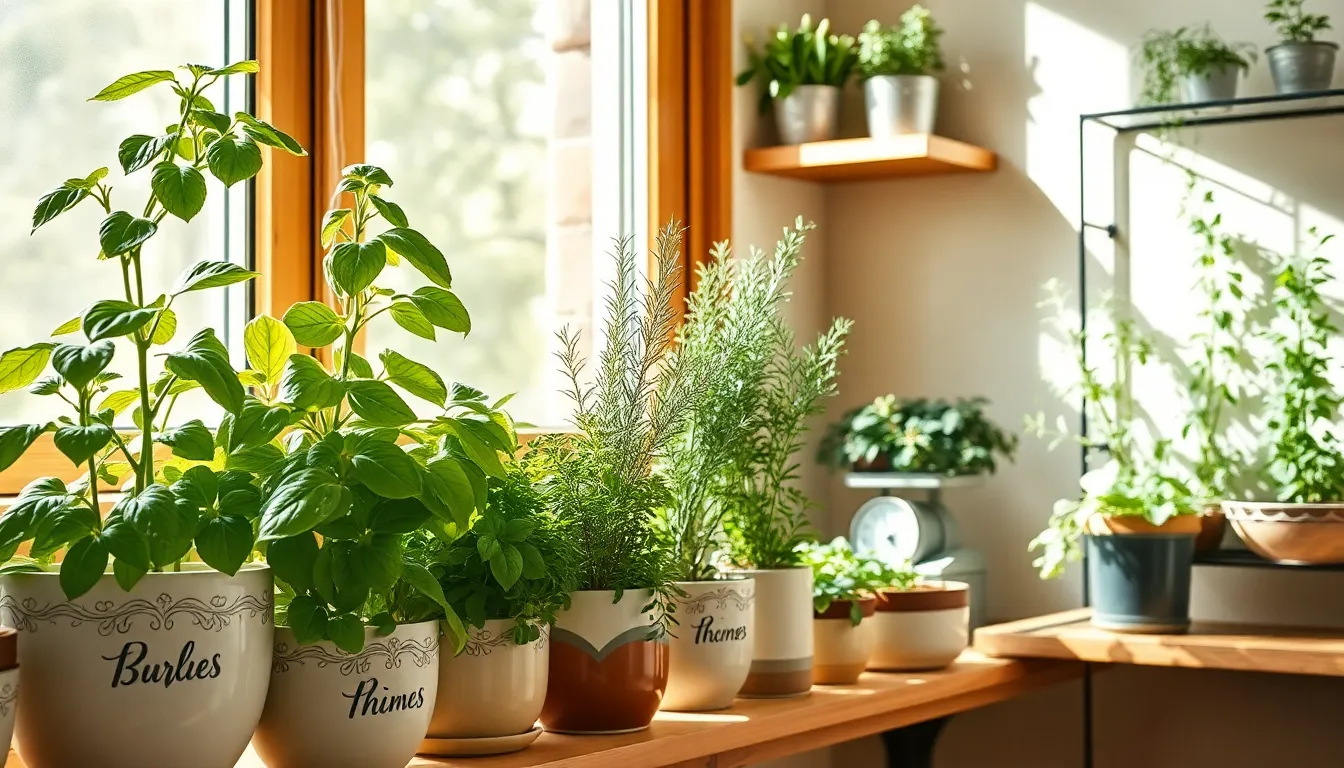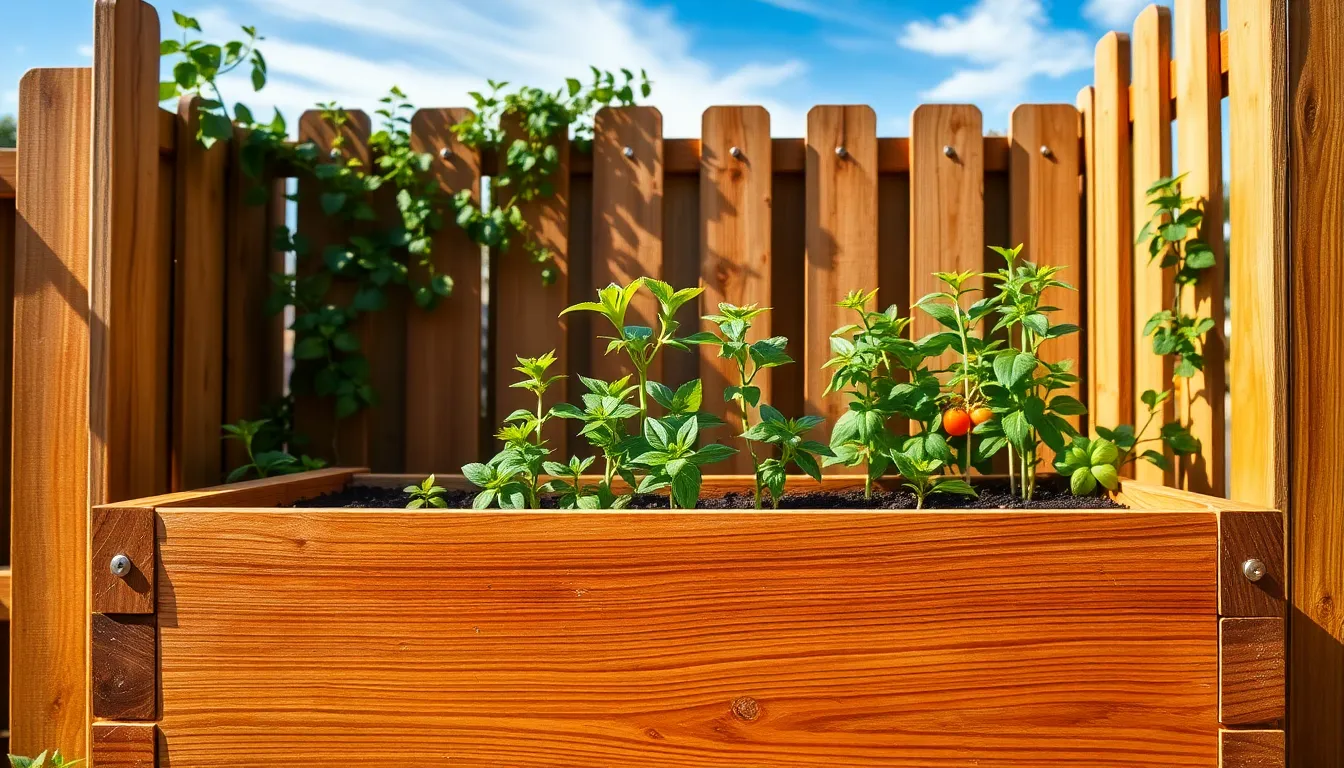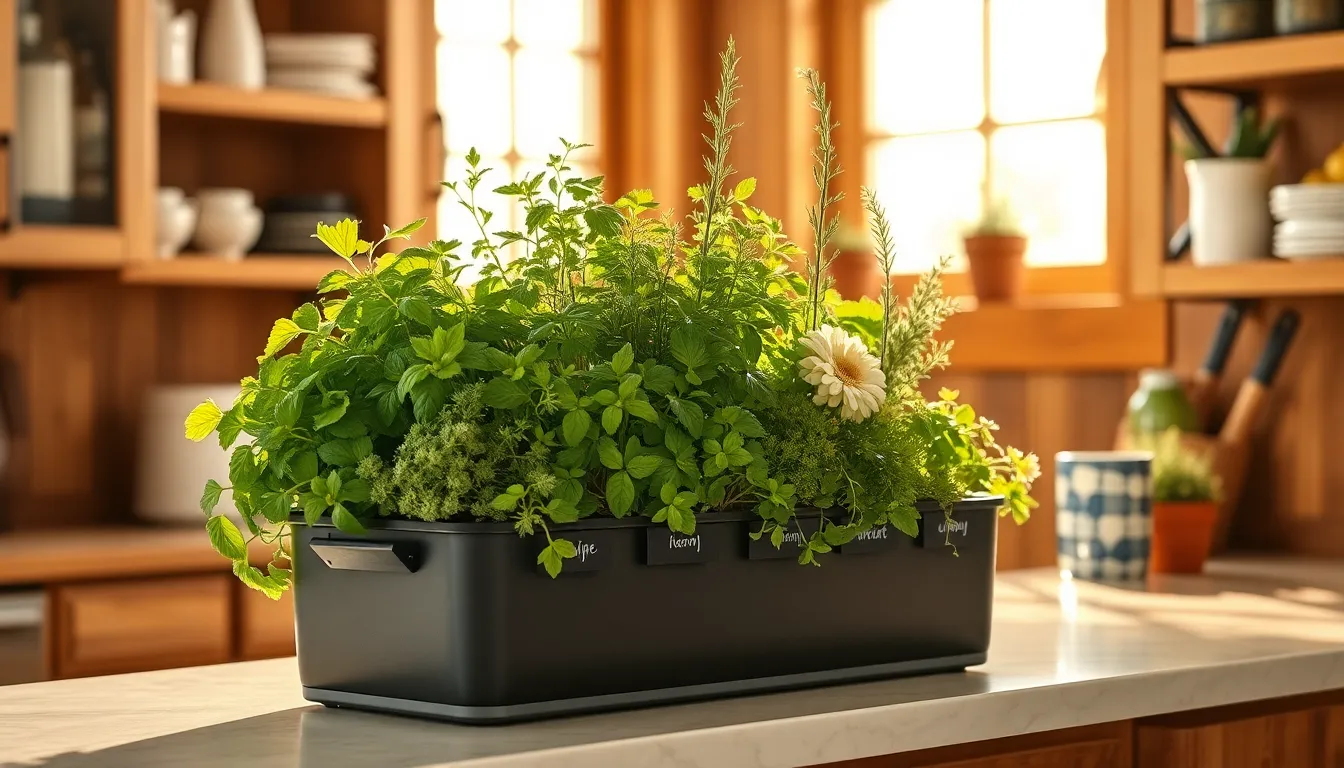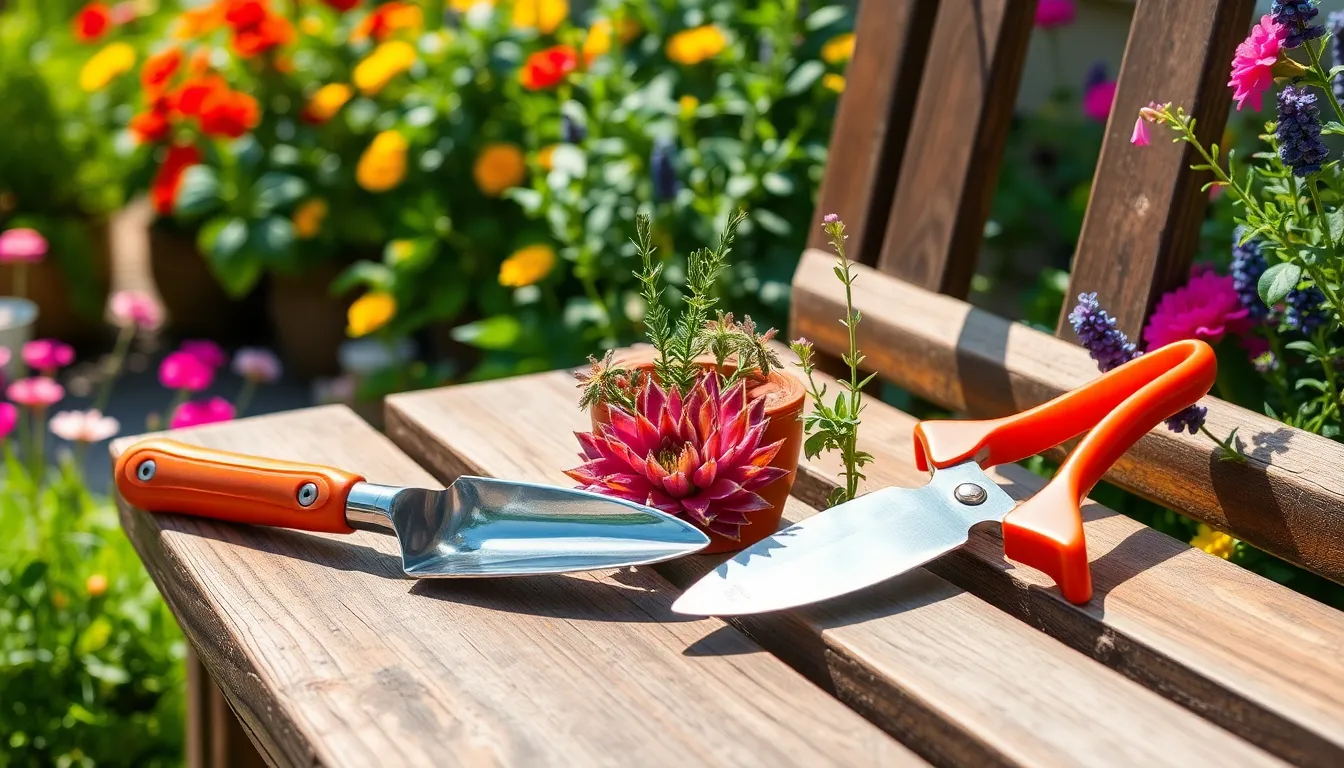Imagine stepping into your kitchen and being greeted by the fragrant aroma of fresh basil, mint, or rosemary, even when snow blankets the ground outside. Growing herbs indoors year-round is not just a delightful culinary adventure but a way to cultivate a vibrant, living space that invigorates both your home and your spirit. Whether you’re new to the gardening scene or a seasoned plant whisperer, the joy of nurturing your own herbs is a rewarding pursuit that can easily fit into any lifestyle.
In the following pages, you’ll discover the secrets to success that make indoor herb gardening a breeze, regardless of your experience level. From selecting the right herbs for your space to mastering the art of light and water balance, this guide provides all the practical tips you need to create your own indoor oasis. We’ll explore the nuances of soil selection, the importance of proper drainage, and how to harness the power of sunlight or artificial grow lights. By the end, you’ll be equipped with the knowledge to keep your indoor garden thriving, turning every meal into an aromatic masterpiece and every day into a sensory delight.
Select Suitable Herb Varieties
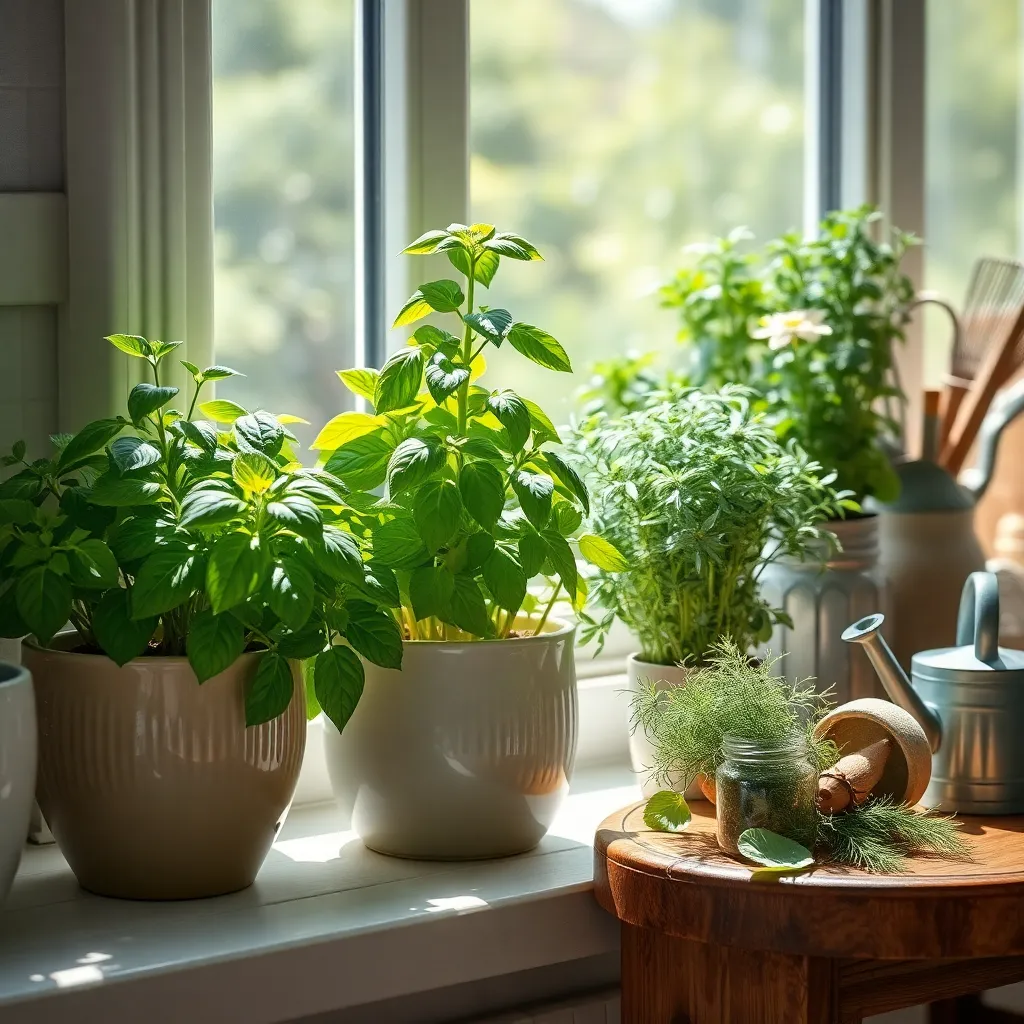
When selecting herb varieties for indoor growth, consider those that thrive well in limited space and light conditions. Common choices include basil, mint, and chives, which are known for their adaptability to indoor environments.
Opt for herbs with compact growth habits, as they fit well on windowsills or countertops. Dwarf varieties of rosemary and thyme are excellent options, as they require less space while still providing robust flavor.
Ensure your chosen herbs align with the available lighting conditions in your home. Most herbs prefer bright, indirect sunlight, so place them near south- or west-facing windows for optimum growth.
For beginners, start with easy-to-grow herbs like parsley and cilantro, which are forgiving and resilient. These herbs can tolerate occasional lapses in watering, making them ideal for those still learning the intricacies of plant care.
Advanced gardeners might experiment with more challenging herbs such as lavender or lemongrass, which require precise temperature and humidity control. Consider using grow lights and humidity trays to create the perfect conditions for these sensitive plants.
Prepare Pots with Quality Soil
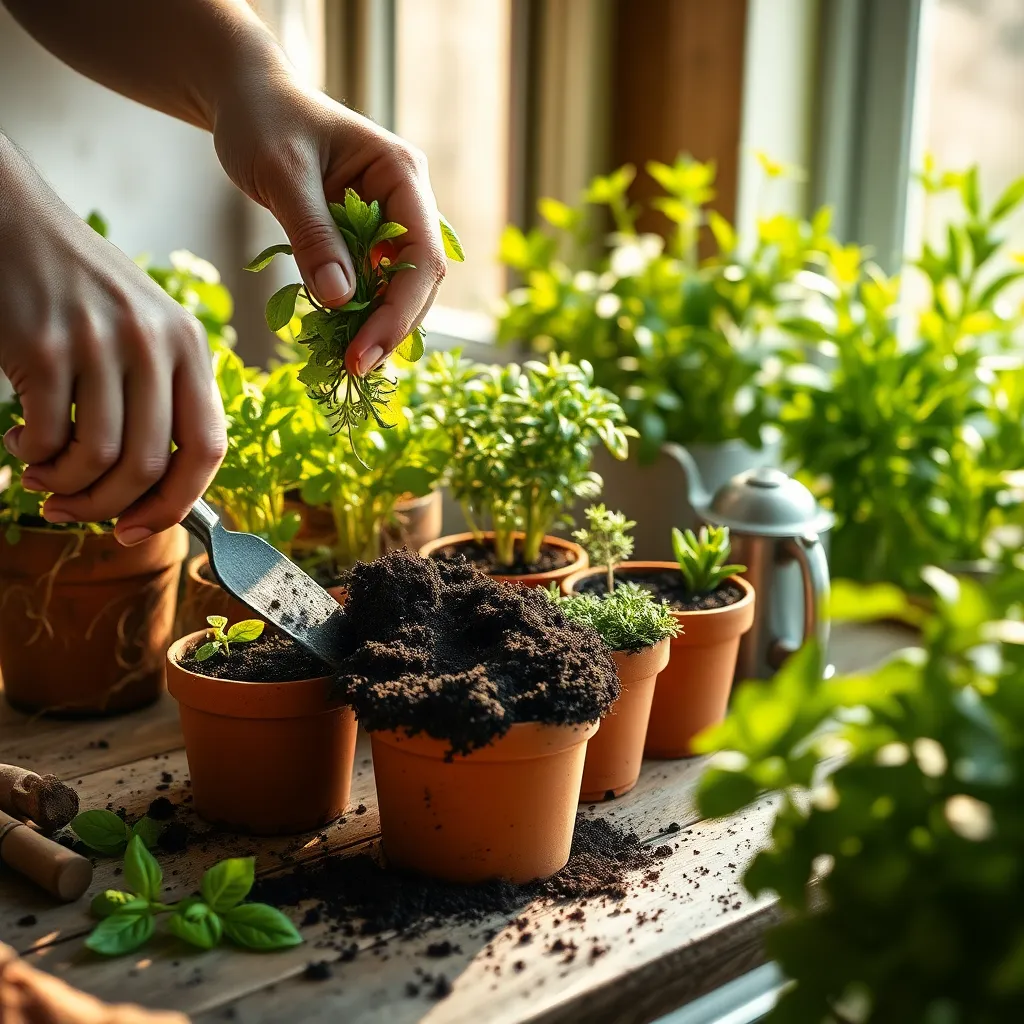
When preparing pots for indoor herbs, choosing the right soil is crucial for healthy plant growth. Opt for a high-quality potting mix specifically formulated for indoor plants, as it ensures proper drainage and nutrient retention.
It’s important to avoid using garden soil in pots, as it can become compacted and hinder root development. Instead, look for a mix that contains ingredients like peat moss, perlite, and vermiculite, which help maintain a light and airy texture.
For those looking to enhance their potting mix, consider adding a small amount of compost or worm castings to boost nutrient content. This can provide a slow-release of essential nutrients, supporting the herbs’ growth throughout the year.
Advanced gardeners might try creating a custom blend by mixing equal parts of potting soil, coconut coir, and perlite for optimized water retention and aeration. This approach allows for better control over the growing conditions, catering to the specific needs of each herb variety.
Position for Optimal Sunlight
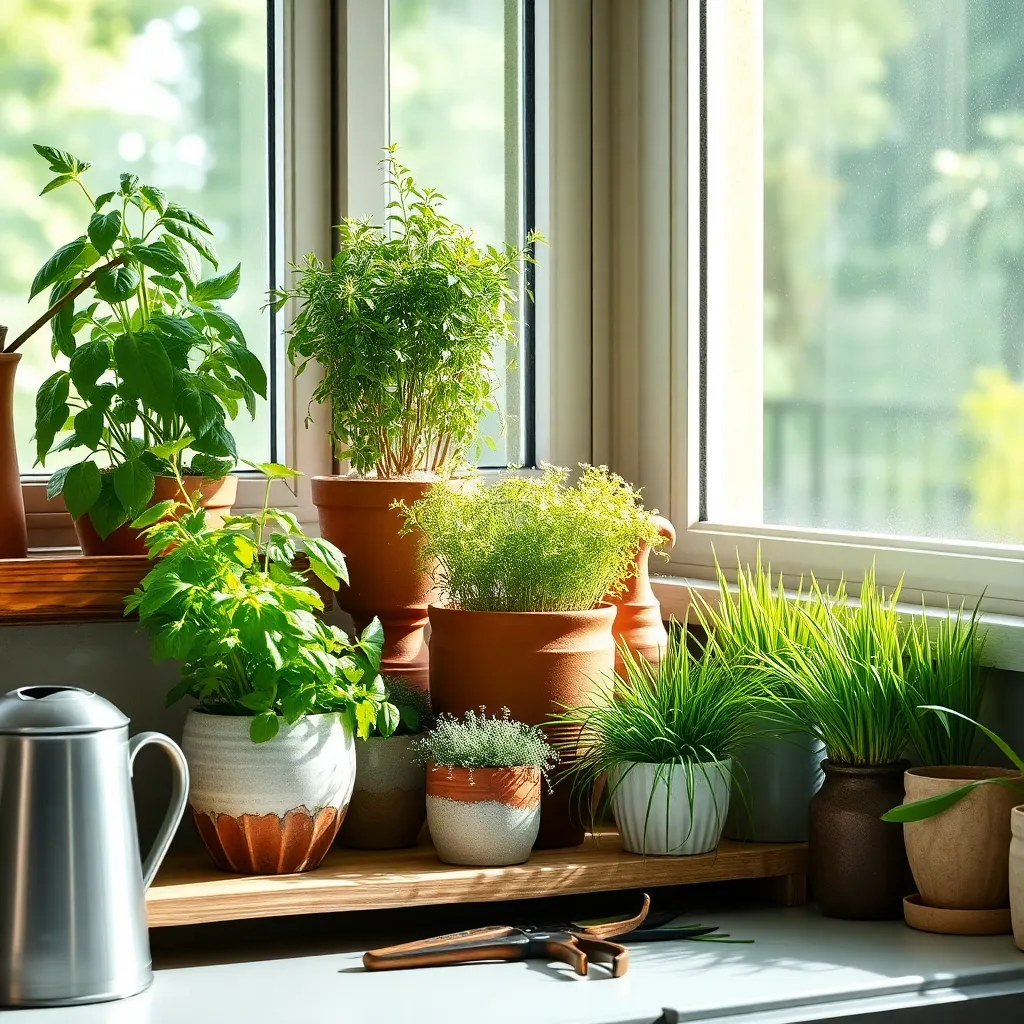
Positioning your herbs for optimal sunlight is crucial for their growth and vitality indoors. Most herbs thrive best when they receive about six to eight hours of sunlight each day, making a south-facing window an ideal spot.
In cases where natural sunlight is limited, consider using grow lights to supplement the light your herbs receive. These can be set up easily and adjusted to ensure your herbs get the necessary light intensity and duration.
It’s important to rotate your pots regularly to ensure even growth, as herbs will naturally lean towards the light source. This simple technique helps prevent uneven growth and keeps your herbs looking lush and healthy.
For those with limited window space, a tiered plant stand can maximize exposure by allowing multiple plants to share the same light source. This setup is especially useful for small spaces and can help you cultivate a diverse herb garden indoors.
Maintain Consistent Watering Schedule
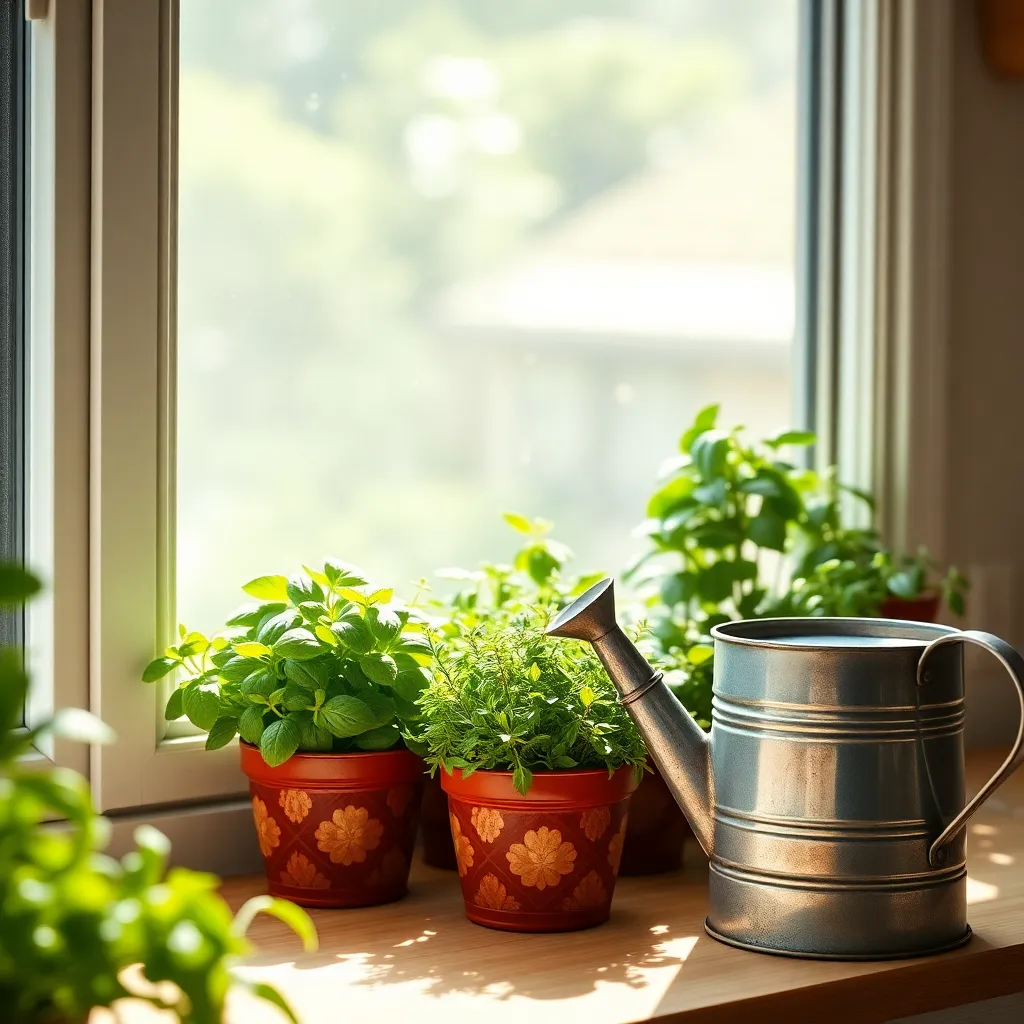
After ensuring your herbs receive optimal sunlight, maintaining a consistent watering schedule is crucial for their health. Herbs typically prefer slightly moist soil, but it’s important not to overwater, as this can lead to root rot.
Beginners should start by checking the moisture level of the soil daily. Insert your finger about an inch into the soil; if it feels dry, it’s time to water your herbs.
Using a watering can with a narrow spout can help you control the amount of water each plant receives. This ensures water goes directly to the soil rather than splashing on the leaves, which can encourage disease.
For those looking to refine their watering technique, consider the type of soil used. A well-draining potting mix is ideal, as it prevents water from pooling at the bottom of the pot and ensures roots get the air they need.
More experienced gardeners might invest in a moisture meter for precise readings. This tool can help perfect your watering schedule by providing accurate data on the soil’s water content.
Consistency is key, but also be flexible and adjust your schedule based on your herbs’ specific needs and environmental changes. Factors such as indoor heating or air conditioning can affect how quickly soil dries out, so be observant and responsive to these changes.
Harvest Regularly for Continued Growth
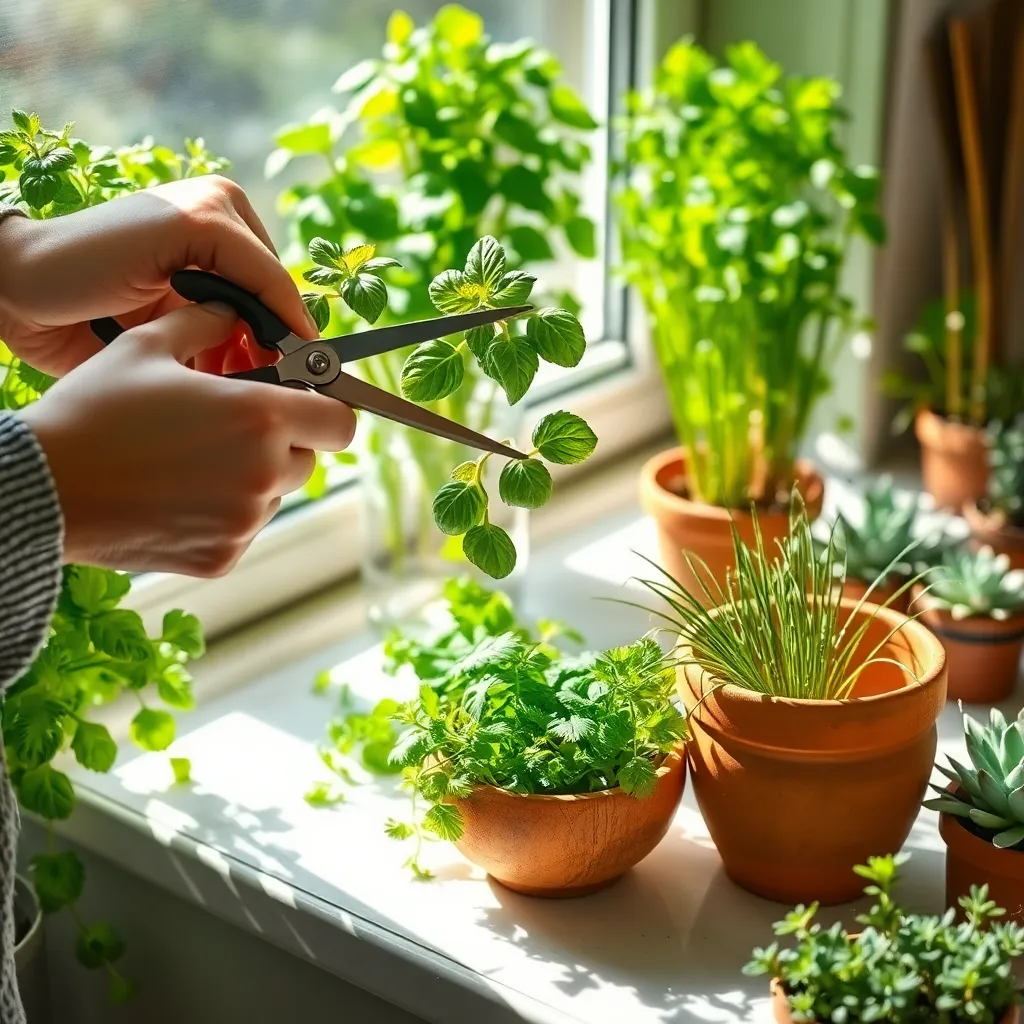
To ensure your indoor herbs thrive, it’s essential to harvest them regularly. This not only encourages continued growth but also prevents the plants from becoming too leggy or woody.
Begin by using clean, sharp scissors to trim your herbs, cutting just above a leaf node. This technique promotes bushier growth and allows the plants to focus their energy on producing new leaves.
When harvesting, aim to take no more than one-third of the plant at a time. Overharvesting can stress the plant, hindering its ability to recover and produce new growth efficiently.
For culinary herbs like basil and mint, frequent trimming will keep them robust and flavorful. These plants often benefit from a weekly harvest, especially during their peak growing seasons.
Advanced gardeners might consider adjusting the indoor environment to further enhance growth after harvesting. Using a grow light can supplement natural daylight, providing the necessary light spectrum for optimal leaf production.
Conclusion: Growing Success with These Plants
In nurturing the garden of relationships, the principles of growing herbs indoors year-round offer profound insights. Firstly, understanding the unique needs of different herbs mirrors recognizing and respecting individual partner needs. Secondly, providing consistent care and attention, akin to watering and sunlight for plants, ensures relationships thrive. Thirdly, adapting to changing conditions, like adjusting light levels, teaches us to be flexible and resilient. Fourthly, patience in growth reminds us that love requires time to blossom fully. Lastly, celebrating small victories, such as a new leaf or sprout, reflects the importance of appreciating everyday moments with loved ones.
To bring these insights to life, choose one relationship concept today—perhaps consistent care—and apply it actively with a loved one. Whether it’s dedicating time for a heartfelt conversation or showing appreciation, start nurturing your relationship garden now.
Remember, like any flourishing garden, successful relationships require ongoing attention and commitment. Bookmark this article to revisit these nurturing principles and ensure your relationships remain vibrant. With intentional effort, the seeds you plant today will grow into a strong, enduring bond, nurturing happiness and connection for years to come. Empower yourself to cultivate thriving relationships, one nurturing act at a time.

